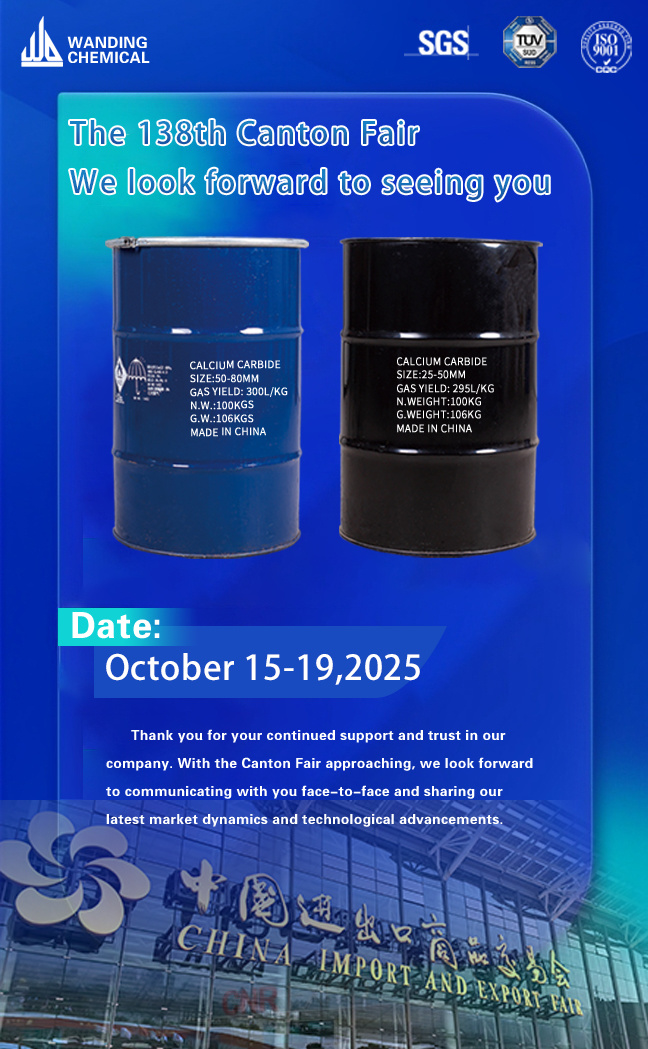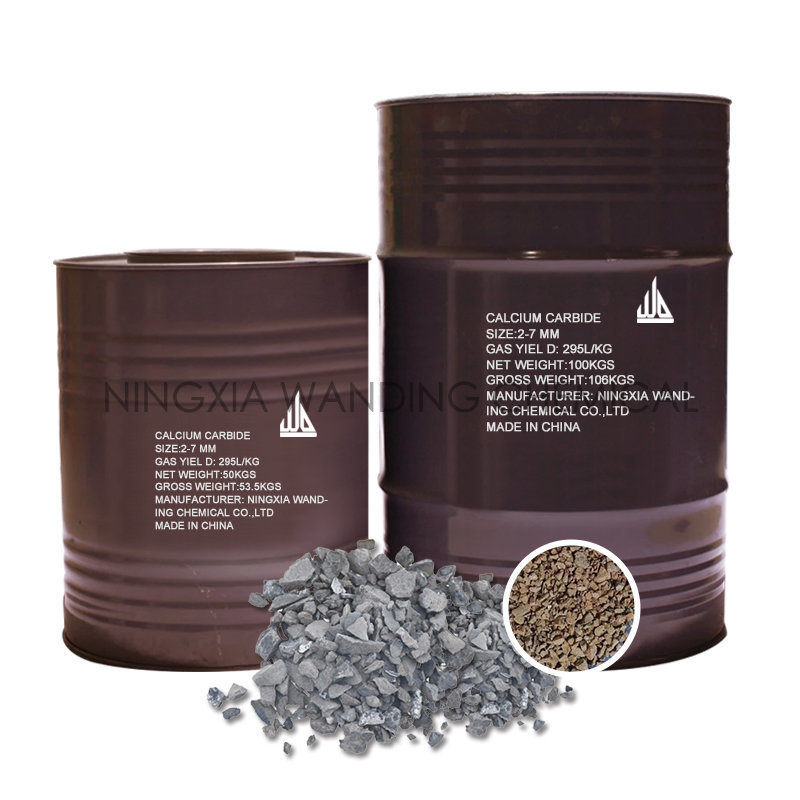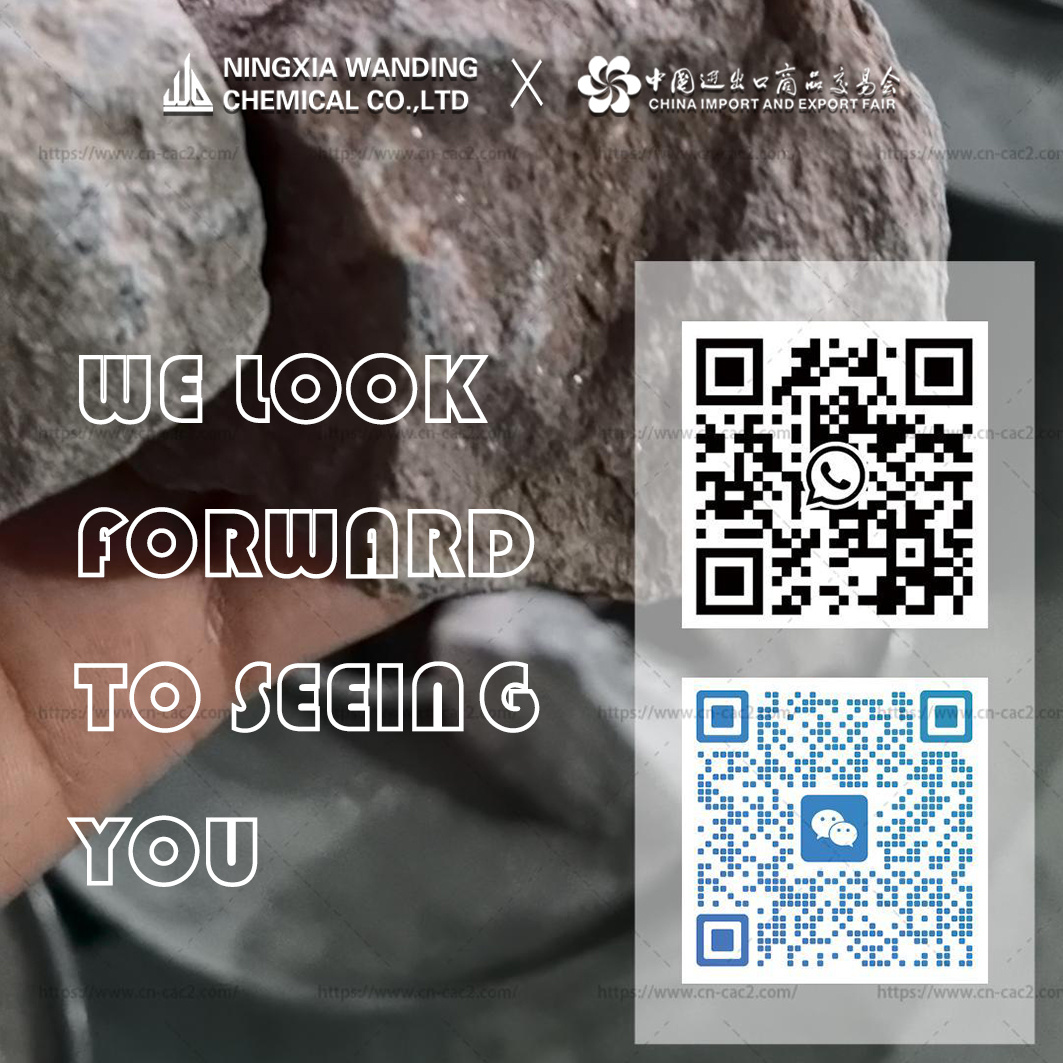Unlocking the Secrets: Understanding the Structural Formula of Calcium Carbide
Release Time:
2025-02-27
Unlocking the Secrets: Understanding the Structural Formula of Calcium Carbide Table of Contents What is Calcium Carbide? Chemical Structure of Calcium Carbide Properties of Calcium Carbide Production Process of Calcium Carbide Applications of Calcium Carbide in Industry Safety Considerations When Handling Calcium Carbide Environmental Impact of Calcium Carbide Frequently Asked Questions Conclusi
Unlocking the Secrets: Understanding the Structural Formula of Calcium Carbide
Table of Contents
- What is Calcium Carbide?
- Chemical Structure of Calcium Carbide
- Properties of Calcium Carbide
- Production Process of Calcium Carbide
- Applications of Calcium Carbide in Industry
- Safety Considerations When Handling Calcium Carbide
- Environmental Impact of Calcium Carbide
- Frequently Asked Questions
- Conclusion
What is Calcium Carbide?
Calcium carbide, a chemical compound with the formula CaC2, is a crucial component in various chemical industries. It is primarily known for its ability to produce acetylene gas when reacted with water, making it highly valuable in welding, cutting, and various chemical syntheses. This compound is usually a greyish-black solid with a crystalline structure, and its significance extends beyond its immediate applications. Understanding calcium carbide’s structure helps us appreciate its diverse functionalities.
Chemical Structure of Calcium Carbide
The structural formula of calcium carbide can be represented as CaC2. It consists of one calcium (Ca) atom and two carbon (C) atoms. The arrangement of these atoms is critical in determining the chemical properties and reactivity of the compound. In calcium carbide, the calcium atom is bonded ionicly to the carbon atoms, which are covalently bonded to each other. This unique bonding structure is responsible for the compound's stability and reactivity.
The Importance of the Structure
The molecular geometry of calcium carbide is linear, due to the sp3 hybridization of carbon atoms. This linear structure allows for the formation of acetylene gas when calcium carbide comes in contact with water. The reaction is as follows:
CaC2 + 2 H2O → C2H2 + Ca(OH)2
This reaction highlights the significance of calcium carbide in the production of acetylene, a fundamental building block in the chemical industry.
Properties of Calcium Carbide
Calcium carbide possesses several notable physical and chemical properties that make it a versatile compound:
- Physical Appearance: It appears as a grey or black solid with a crystalline structure.
- Melting Point: Calcium carbide has a high melting point, around 2160 °C (3912 °F), making it suitable for high-temperature applications.
- Solubility: It is insoluble in most solvents but reacts vigorously with water, producing acetylene and calcium hydroxide.
- Density: The density of calcium carbide is approximately 2.22 g/cm3.
- Reactivity: Calcium carbide is highly reactive, especially with water, which can lead to explosive reactions under certain conditions.
Production Process of Calcium Carbide
The production of calcium carbide occurs through a high-temperature electric arc furnace process. The raw materials primarily include lime (calcium oxide) and coke (carbon). The reaction can be summarized as follows:
CaO + 3C → CaC2 + CO
During this process, the materials are subjected to temperatures exceeding 2000 °C (3632 °F), resulting in the formation of calcium carbide and carbon monoxide as a byproduct. This production method is efficient and cost-effective, making calcium carbide readily available for various applications.
The Role of Raw Materials
The quality of the raw materials used in the production process significantly influences the purity and quality of the calcium carbide produced. High-quality lime and coke ensure minimal impurities, leading to a more efficient reaction and higher yields of acetylene.
Applications of Calcium Carbide in Industry
Calcium carbide serves numerous purposes across different sectors:
1. Production of Acetylene
The most well-known application of calcium carbide is its use in generating acetylene gas. This gas is essential in welding and cutting applications due to its high flame temperature.
2. Chemical Synthesis
Calcium carbide plays a crucial role in the synthesis of various organic compounds, including acetaldehyde and various types of plastics. Its ability to donate carbon atoms makes it a vital reagent in organic chemistry.
3. Desulfurization
In metallurgy, calcium carbide is frequently used in the desulfurization process of iron and steel, helping to improve the quality of these metals by removing sulfur impurities.
4. Agriculture
Calcium carbide is also utilized in the agricultural sector for the artificial ripening of fruits. When applied to unripe fruits, it promotes quicker ripening, making it valuable for commercial fruit production.
5. Water Treatment
In water treatment processes, calcium carbide is used to generate acetylene, which is beneficial in the removal of impurities and enhancing water quality.
Safety Considerations When Handling Calcium Carbide
While calcium carbide is an invaluable compound, it poses certain risks if not handled correctly. Here are essential safety guidelines for working with calcium carbide:
- Storage: Keep calcium carbide in a dry, well-ventilated area away from moisture to prevent accidental reactions.
- Protective Gear: Always wear appropriate protective gear, including gloves and goggles, when handling calcium carbide to protect against chemical burns and irritation.
- Response to Accidents: In the event of contact with water or moisture, evacuate the area immediately and follow emergency protocols to manage any potential hazardous reactions.
Environmental Impact of Calcium Carbide
The production and use of calcium carbide can have environmental implications. The main concerns include:
- Emissions: The production process releases carbon monoxide, a harmful gas that can contribute to air pollution.
- Water Contamination: Improper disposal of calcium carbide can lead to contamination of water sources, especially if it reacts with moisture in the environment.
To mitigate these impacts, companies are encouraged to adopt sustainable practices in their production processes and ensure proper waste management protocols are in place.
Frequently Asked Questions
1. What is calcium carbide used for?
Calcium carbide is primarily used for producing acetylene gas, which is essential in welding, as well as in the synthesis of various organic compounds.
2. Is calcium carbide safe to use?
While calcium carbide is widely used, it can be hazardous if not handled properly. It is crucial to follow safety guidelines to prevent dangerous reactions.
3. How is calcium carbide produced?
Calcium carbide is produced in a high-temperature electric arc furnace using lime and coke as primary raw materials.
4. What happens when calcium carbide comes into contact with water?
When calcium carbide comes into contact with water, it reacts vigorously to produce acetylene gas and calcium hydroxide, which can be explosive in certain conditions.
5. What are the environmental concerns associated with calcium carbide?
The production and disposal of calcium carbide can lead to air and water pollution, particularly due to emissions and potential contamination from unwanted reactions.
Conclusion
Understanding the structural formula and properties of calcium carbide reveals its significant role in various industries, from metallurgy to agriculture. Its unique chemical structure allows for a range of applications, particularly in producing acetylene gas. However, handling calcium carbide requires strict adherence to safety protocols to mitigate potential hazards and environmental impacts. As we continue to explore the potential of this remarkable compound, it remains clear that calcium carbide will play an essential role in advancing industrial processes, contributing to innovations in chemistry and material sciences.
News Hotspot





















